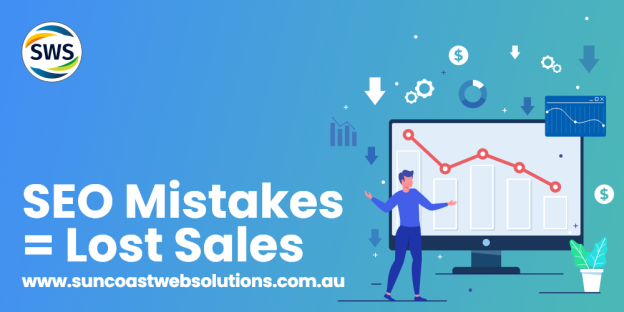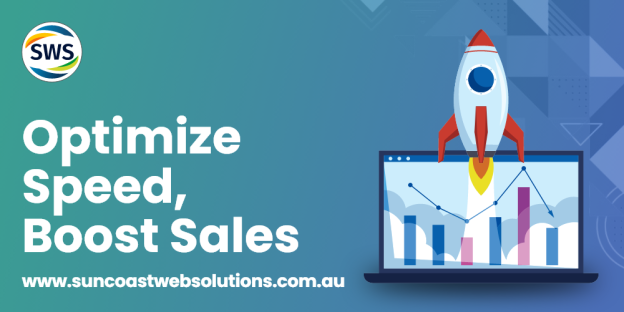How To Get On First Page Of Google: SEO Tips To Rank Higher
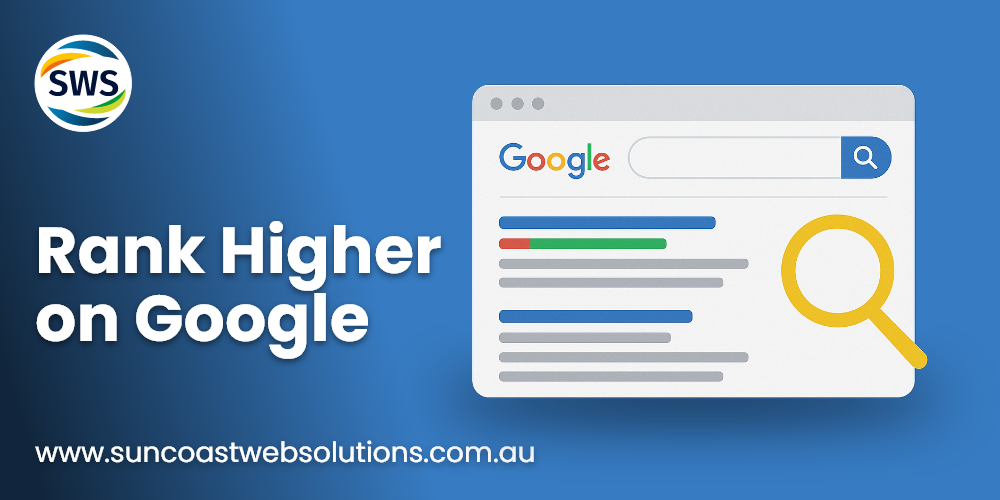
 13th Jun, 2025
13th Jun, 2025
Discover proven SEO strategies to help your business rank on Google’s first page and boost visibility.
Table of Contents:
- Why Getting on the First Page Matters
- How Google Ranks Websites
- How to Get on the First Page with SEO
- Creating Quality Content for Ranking
- Backlinking Strategies for Ranking
- Technical SEO to Improve Rankings
- How User Experience Affects Ranking
- Conclusion: Boost Your Google Ranking
Why Getting on the First Page of Google Matters for Your Business
Getting your website on the first page of Google is no small feat, but it is essential for online success. With over 3.5 billion searches per day on Google, appearing on the first page dramatically increases your chances of attracting traffic, leads, and conversions.
Studies show that 75% of users never scroll past the first page of search results, which is why getting your business there should be a priority. Whether you’re a small business owner or a digital marketer, ranking on Google’s first page can significantly impact your online visibility and growth.
In this post, we’ll explore how to get on the first page of Google using proven SEO strategies that will help you stand out. Whether you’re just getting started or looking to fine-tune your existing SEO efforts, this guide will help you implement actionable steps to improve your Google ranking and drive more organic traffic to your website.
How Google Ranks Websites: Understanding the Algorithm for SEO
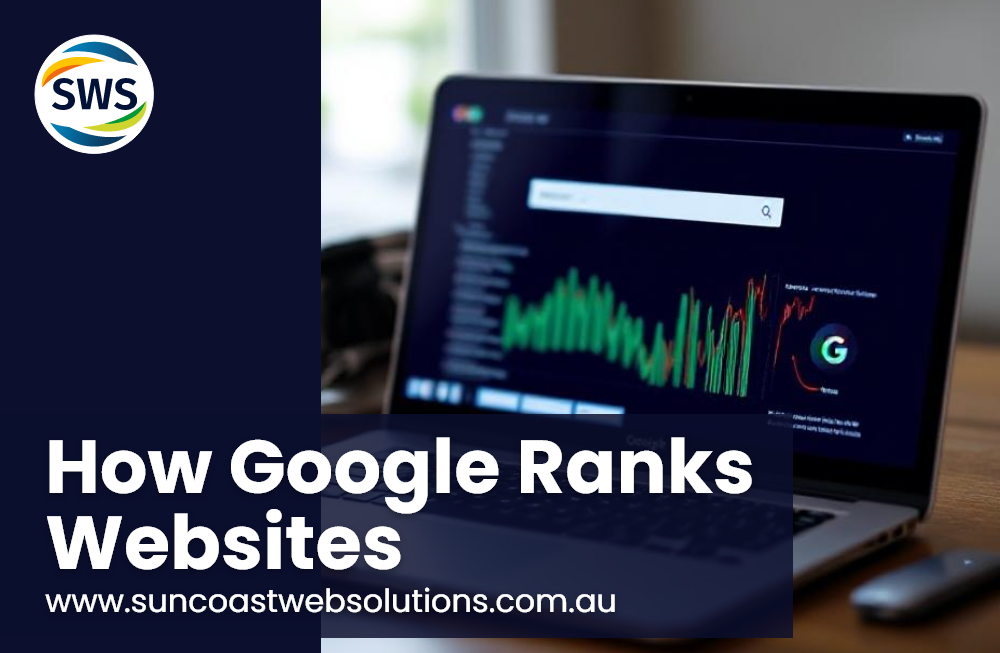
Before we explore the specific steps to improve your Google ranking, it’s important to understand how Google determines which websites land on the coveted first page.
How Google’s Algorithm Works
Google’s ranking algorithm is constantly evolving, but there are a few key factors that remain crucial. At its core, Google looks for websites that are relevant, authoritative, and provide a positive user experience. To rank well, your website must meet these criteria.
Key Ranking Factors
- Relevance: Does your content address the search query effectively? The more closely your content matches the search intent, the higher your chances of ranking. For example, if someone searches for “how to get on the first page of Google,” your content needs to offer actionable tips and insights for that query.
- Backlinks: High-quality backlinks from other reputable websites signal to Google that your site is trustworthy. Think of backlinks as votes of confidence. Websites with authoritative backlinks tend to rank higher.
- Mobile-Friendliness: With mobile-first indexing, Google prioritizes websites that are optimized for mobile devices. This means that if your site is not mobile-friendly, you risk losing out on valuable ranking opportunities.
- Content Quality: Google rewards sites that offer valuable, engaging, and informative content that keeps users on the page. Quality content is about more than just keywords, it’s about answering user queries effectively and offering value that goes beyond the basics.
How to Get on the First Page of Google Using On-Page SEO
Now that you understand how Google ranks websites, let’s break down how to get on the first page of Google using effective SEO techniques. SEO (Search Engine Optimization) involves optimizing both on-page and off-page elements to improve your ranking.
Optimize Keywords to Rank on Google’s First Page
- Optimize Your Keywords: Start by researching the keywords your target audience is searching for. Incorporate your primary keyword (“how to get on the first page of Google”) in strategic places like:
1.Page titles
2.Meta descriptions
3.Headings (H1, H2, etc.)
4.Image alt text - Create Quality Content: Google rewards content that answers the user’s query comprehensively. Aim to provide the best, most relevant information on the topic, and make your content easy to read.
1.Break up content with bullet points, short paragraphs, and subheadings to improve readability.
2.Answer common questions and address pain points that users search for. - Title Tags and Meta Descriptions: These elements are your website’s first impression on Google and potential visitors. Craft a compelling title tag and meta description that include your target keywords and make users want to click. Your title tag should be under 60 characters, and your meta description should be under 160 characters.
Creating High-Quality Content to Improve Google Ranking
- Engaging and Valuable Content: High-quality content should be informative, engaging, and relevant to your audience. Google ranks content that offers real value to users, so focus on delivering well-researched and informative posts. Ensure your content answers questions and provides clear solutions.
- User Engagement: Keeping visitors on your page for longer signals to Google that your content is worth reading. Use images, videos, and interactive elements to enhance engagement. Additionally, a high dwell time is a good indicator that your content is valuable.
- Mobile Optimization: The Key to Google’s First Page: With more searches happening on mobile devices, it’s critical to ensure your site is responsive and mobile-friendly. Google prioritizes mobile-friendly sites in search results, so use tools like Google’s Mobile-Friendly Test to check your site’s mobile performance.
Advanced SEO Strategies to Rank on Google’s First Page
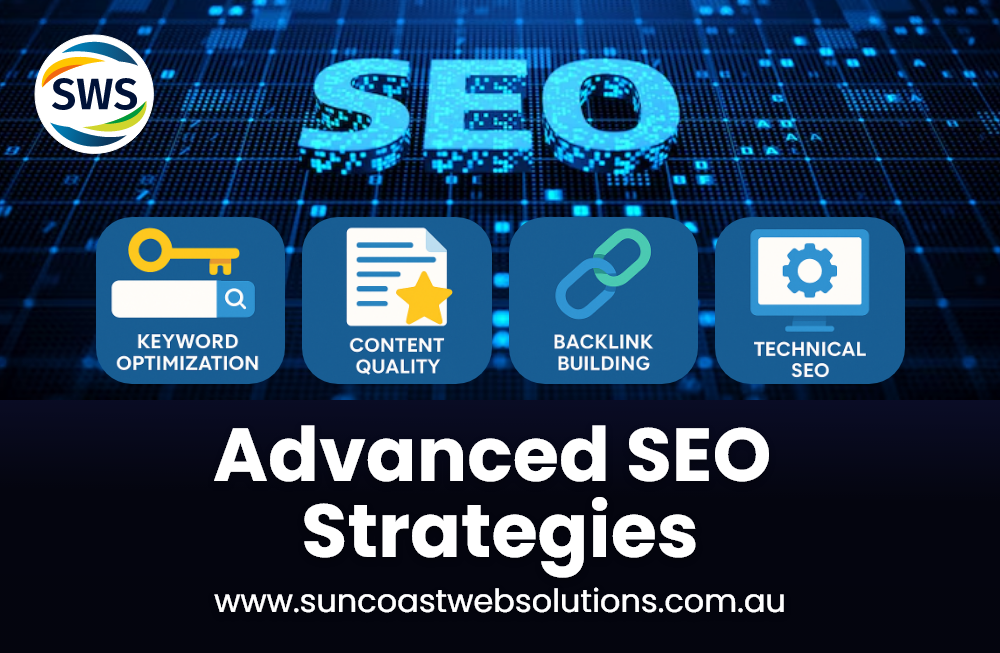
In addition to the basics of how to get on the first page of Google, there are more advanced SEO strategies you can employ to boost your ranking.
Backlinking Strategies to Boost Google Ranking
- What Are Backlinks?: Backlinks are links from other websites to your own. Google views backlinks as votes of confidence, and the more high-quality backlinks your site has, the more authoritative it appears.
- How to Get Backlinks:
1. Guest posting: Write articles for other blogs in your industry with links back to your site. Look for reputable sites in your niche to build quality backlinks.
2. Content marketing: Create shareable, link-worthy content like infographics or detailed guides. Content that provides in-depth knowledge or unique insights often attracts backlinks naturally.
3. Outreach: Reach out to bloggers, journalists, or influencers and ask them to link to your content. Personalize your emails and offer mutual value to increase the chances of a backlink.
How Technical SEO Helps You Rank Higher on Google
- Improve Website Speed: Slow websites frustrate visitors and cause high bounce rates. Google rewards fast-loading sites, so optimize your site’s speed.
1. Use tools like Google PageSpeed Insights to identify areas for improvement.
2. Compress images, enable browser caching, and reduce unnecessary plugins to speed up your site. - Structured Data: Structured data helps Google understand your content and present it more effectively in search results (e.g., rich snippets). Implement schema markup on your website to boost visibility and enhance your rankings.
- Google Search Console: Use Google Search Console to monitor your site’s performance, identify issues, and track keyword rankings. This tool provides valuable insights into how Google views your site.
Improving Google Ranking with User Experience (UX)
User experience (UX) is a critical factor in improving your Google ranking. Google wants to provide the best possible results to users, and part of that is making sure the websites they rank are easy to use and navigate.
Reduce Bounce Rate and Improve Time on Site
- Bounce Rate: If visitors leave your site quickly, Google takes this as a signal that your content isn’t useful or engaging. To reduce bounce rates, ensure your site loads quickly, is visually appealing, and offers relevant content.
- Time on Site: Longer session durations suggest that users find your content valuable. Keep visitors on your page by offering high-quality content, useful tools, and easy navigation.
Optimizing Your Website Speed for Better Google Ranking
- Tools to Check Speed: Use tools like GTMetrix or Pingdom to test your site’s load speed. These tools can also provide recommendations for improving speed.
- Optimize Images: Large image files slow down page load times. Compress images without sacrificing quality using tools like TinyPNG or ImageOptim.
Optimizing for Easy Navigation
- Simple Design: A clean and simple design enhances user experience. Ensure your navigation is intuitive, with clear calls-to-action (CTAs) and easy-to-find information.
- Internal Linking: Link to other relevant pages or blog posts on your site. This helps visitors explore more of your content and improves your site’s SEO.
Conclusion: Putting It All Together: Achieving Google’s First Page
Ranking on Google’s first page requires patience and consistent effort, but the rewards are well worth it. By following these SEO strategies, you can improve your chances of getting your site to the top of Google’s search results. It’s not just about knowing how to get on the first page of Google, it’s about creating valuable content, optimizing your website, and providing a positive user experience.
Remember, SEO is an ongoing process. Stay consistent with your optimization efforts, monitor your performance, and adjust your strategy as needed. Over time, your hard work will pay off, and you’ll see your website climbing the ranks of Google’s search results.
Ready to boost your ranking? Start implementing these strategies today and watch your website climb to the first page of Google.
we are your one-stop internet marketing solution on the sunshine coast!

 07 5479 3888
07 5479 3888



